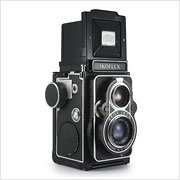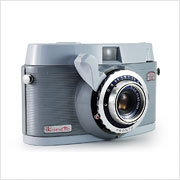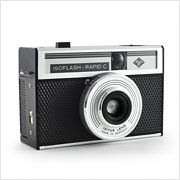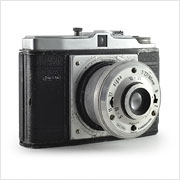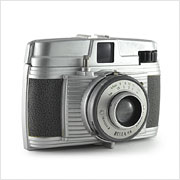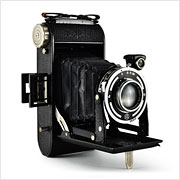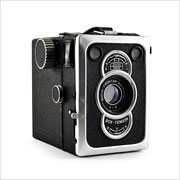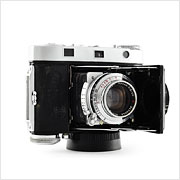Zeiss Ikon Ikoflex IIa (855/16)
This Zeiss Ikon Ikoflex IIa, which was introduced in 1953, is the second of two mechanically equivalent but cosmetically different twin lens reflex cameras that share the exact same name and model number (855/16). The earlier Ikoflex IIa from 1950 featured a body which was a natural evolution of the original Ikoflex II while the later IIa has an original design that went on to become the foundation for the Zeiss Ikon Ikoflex Favorit, the final model in the storied Ikoflex family.

